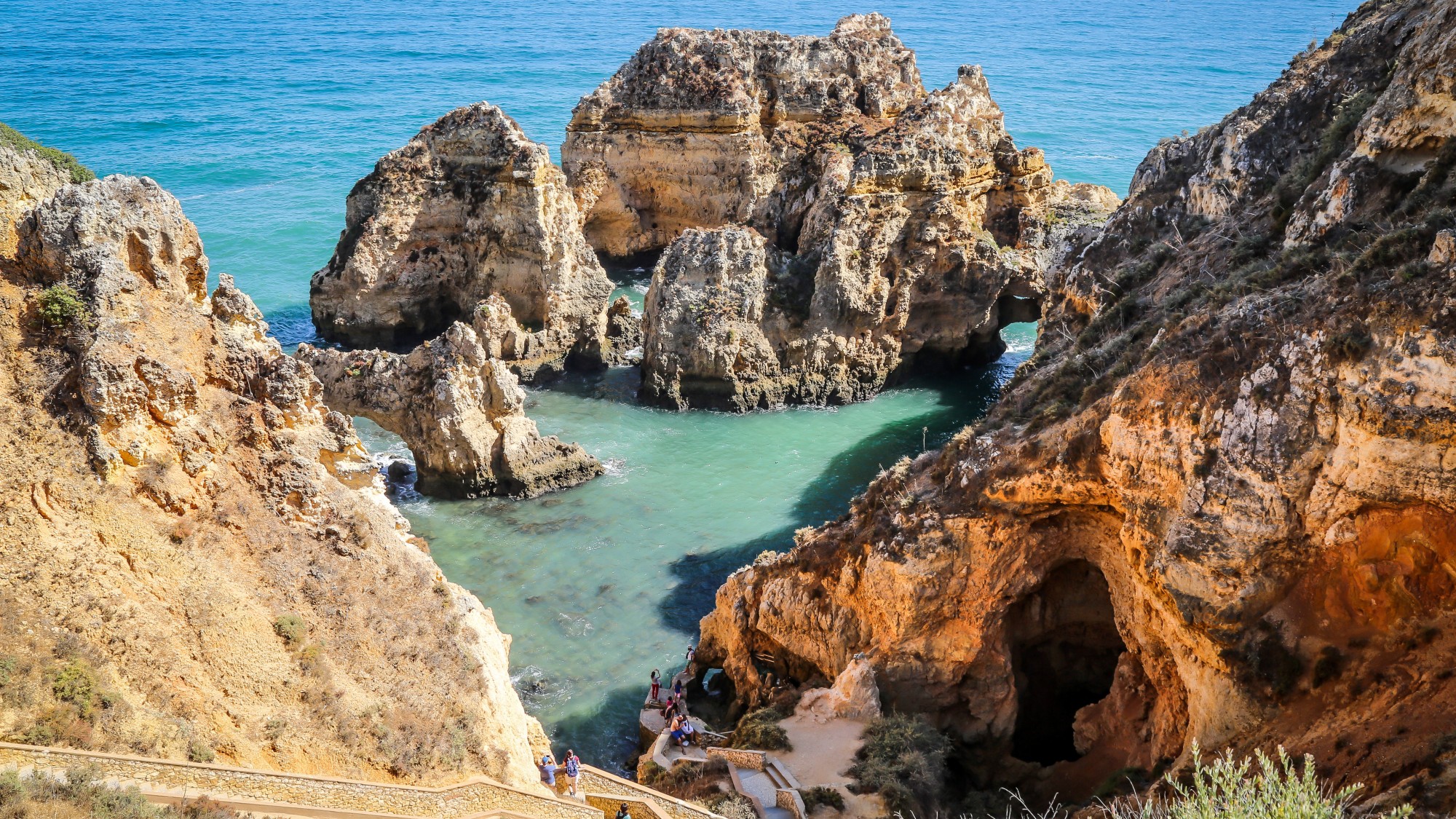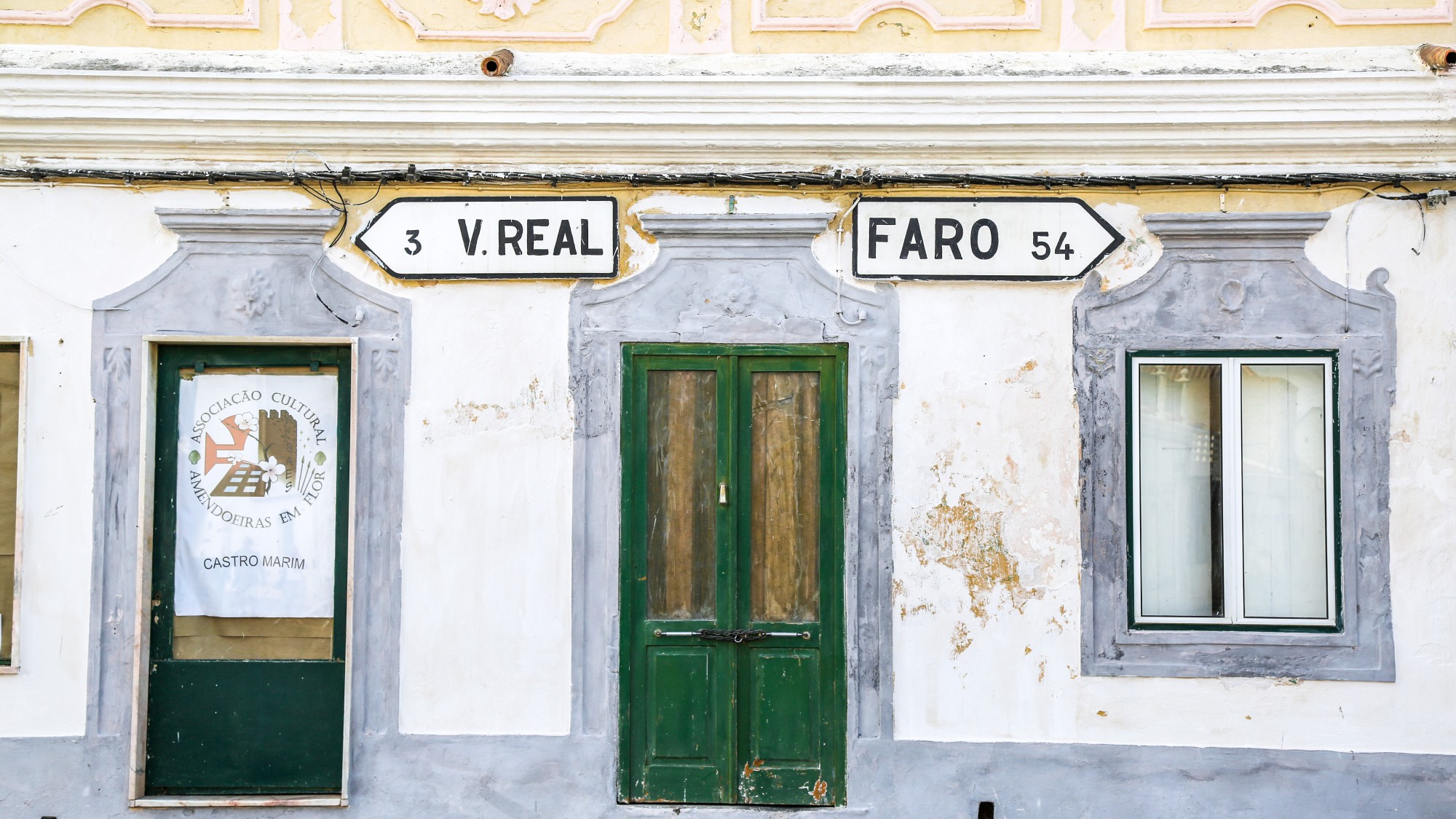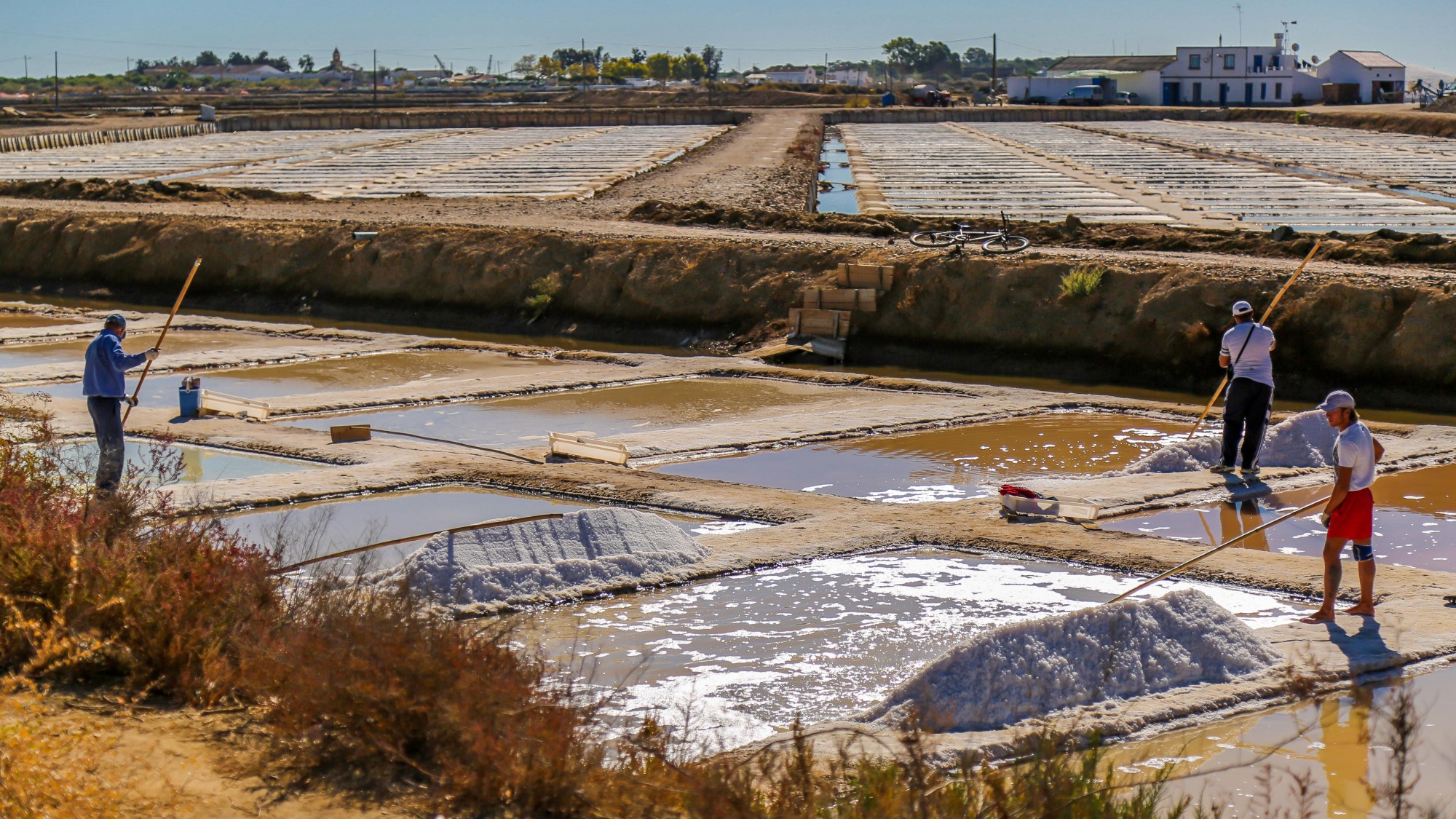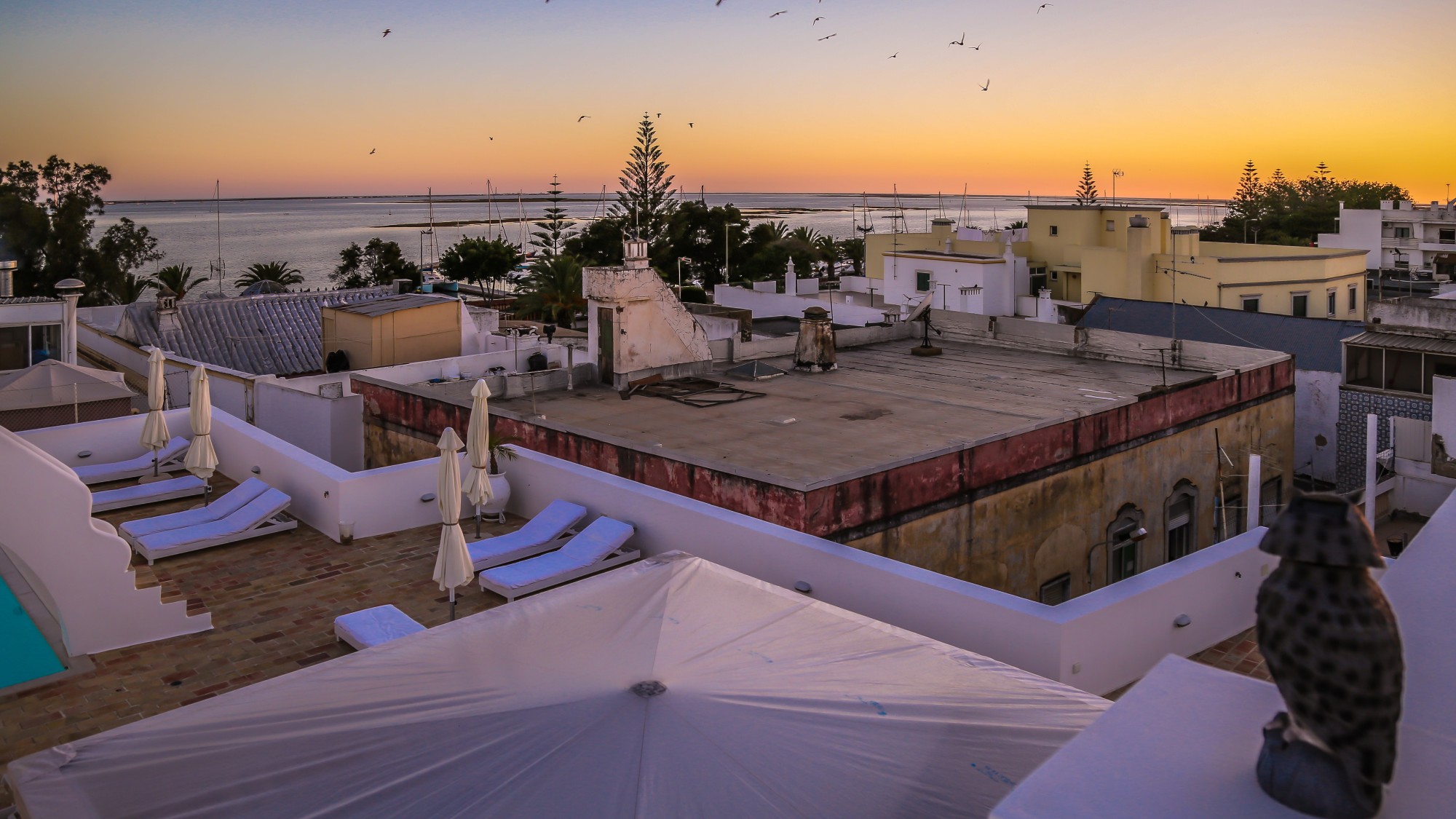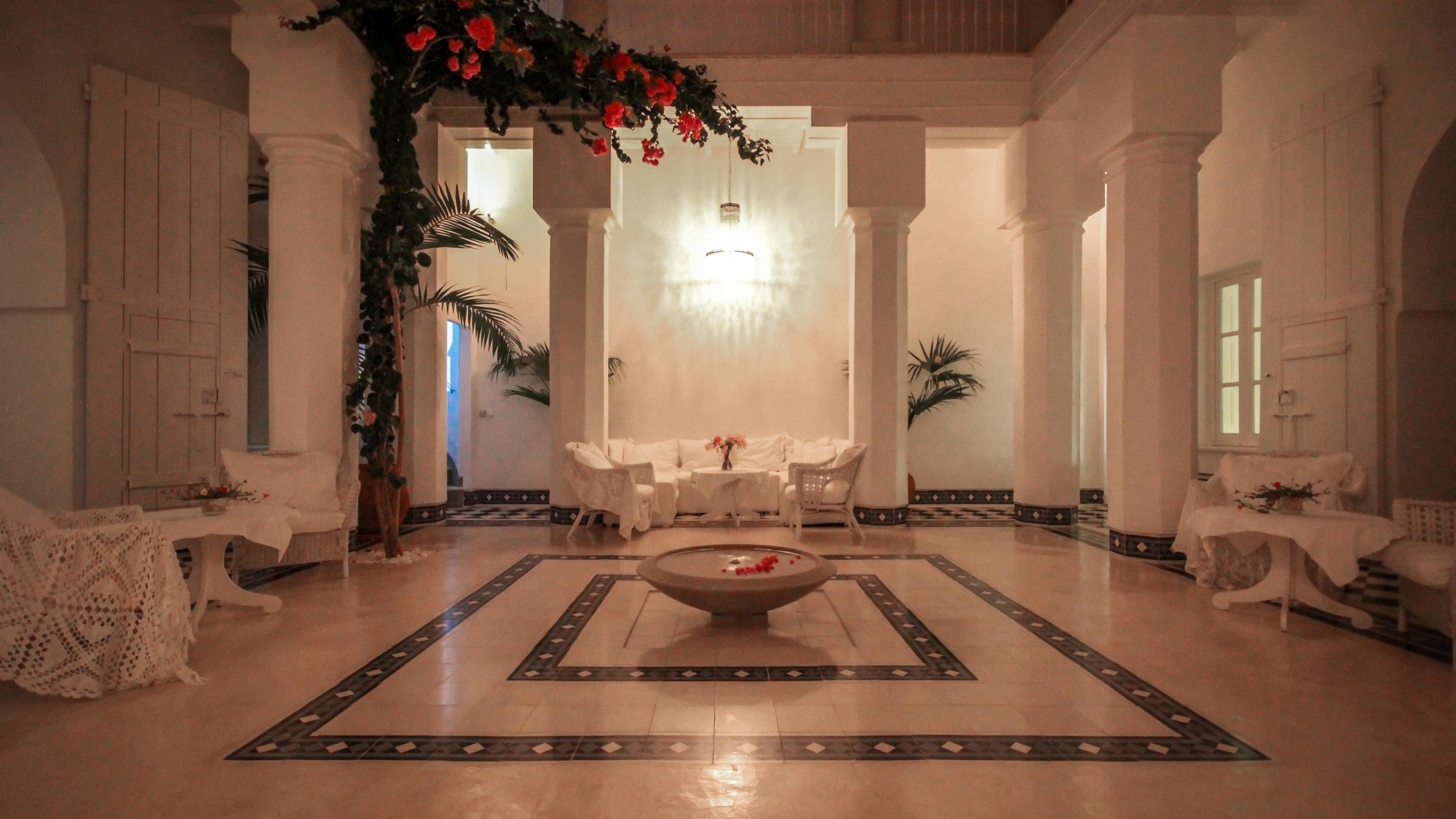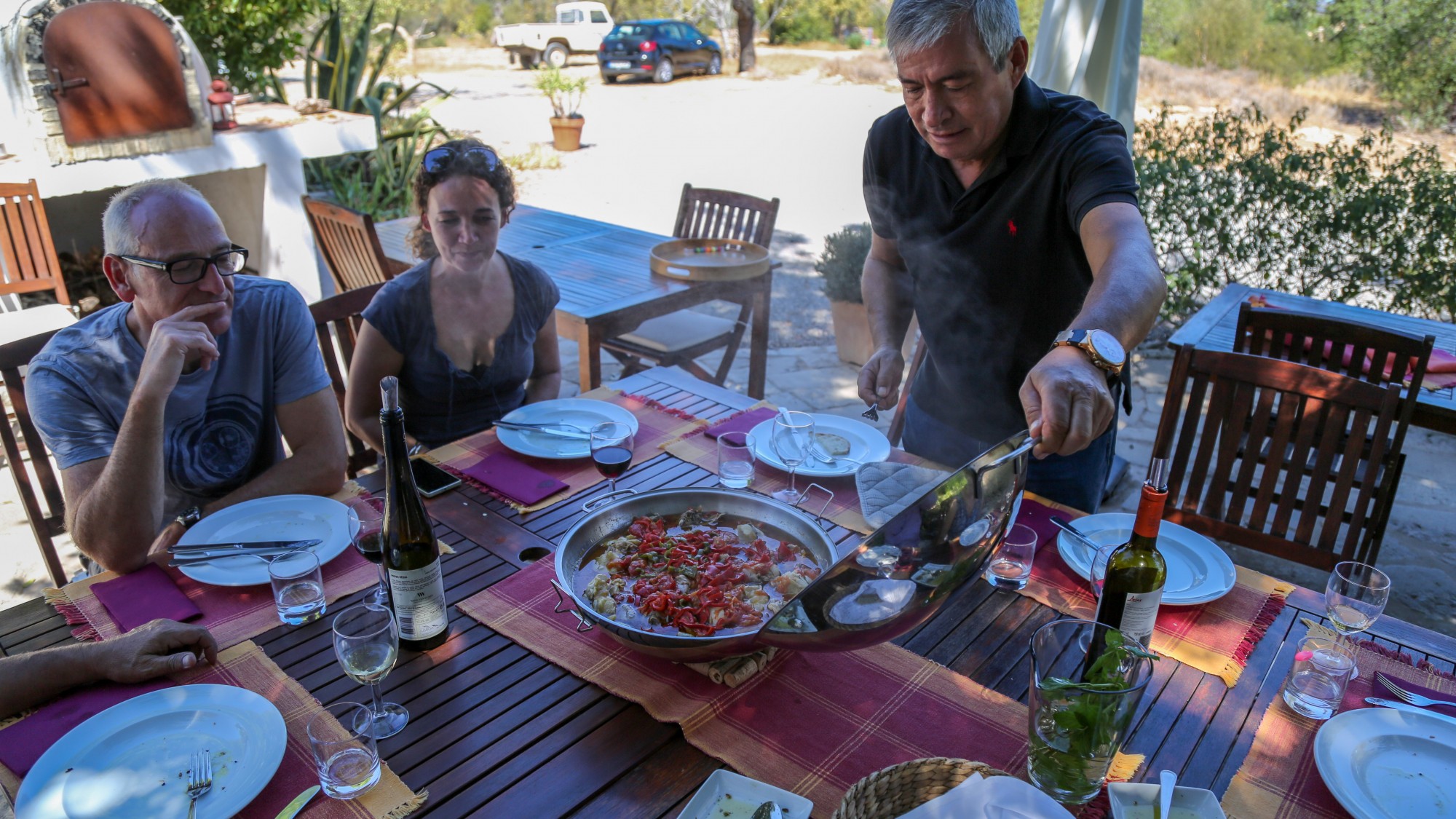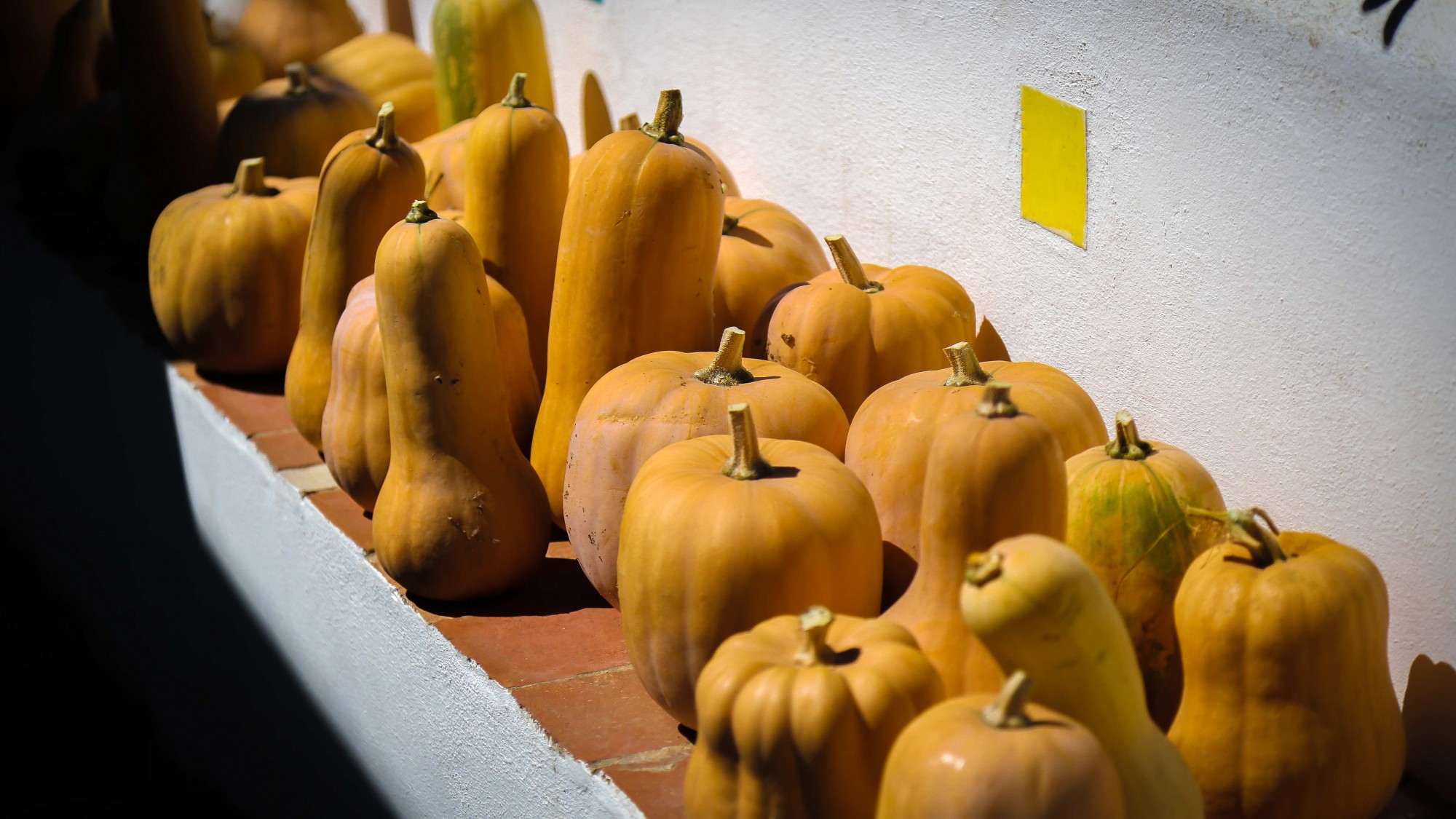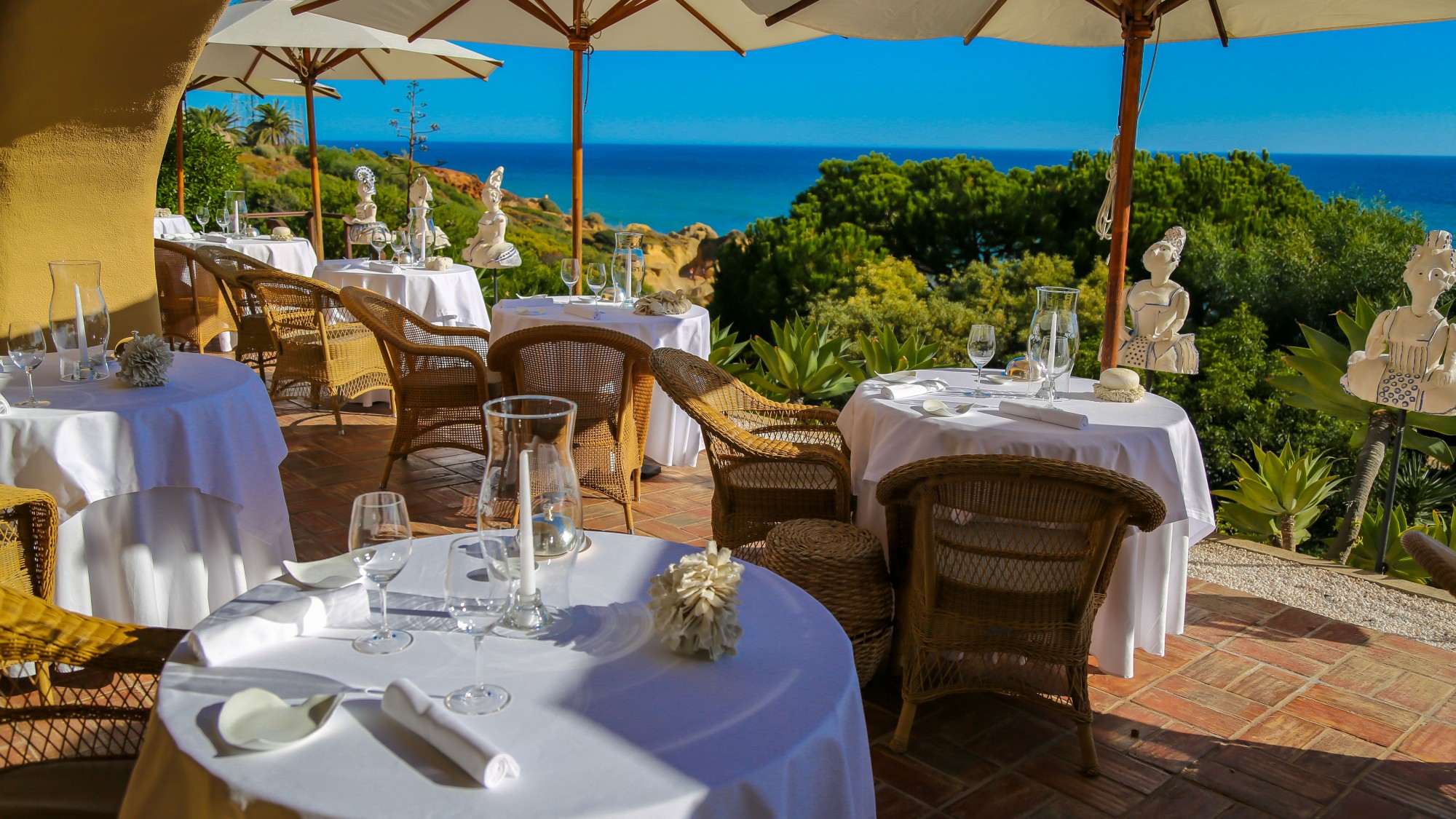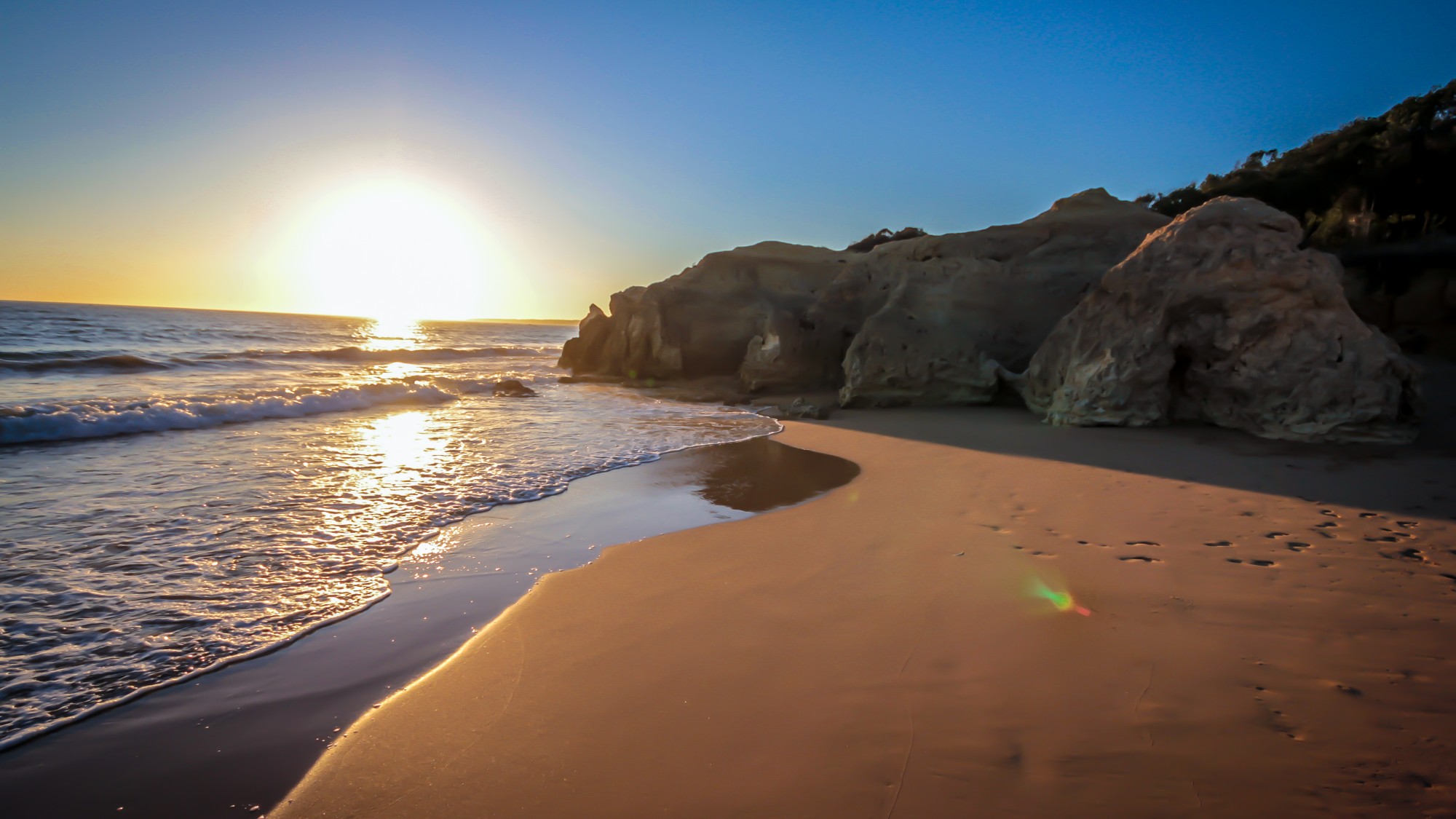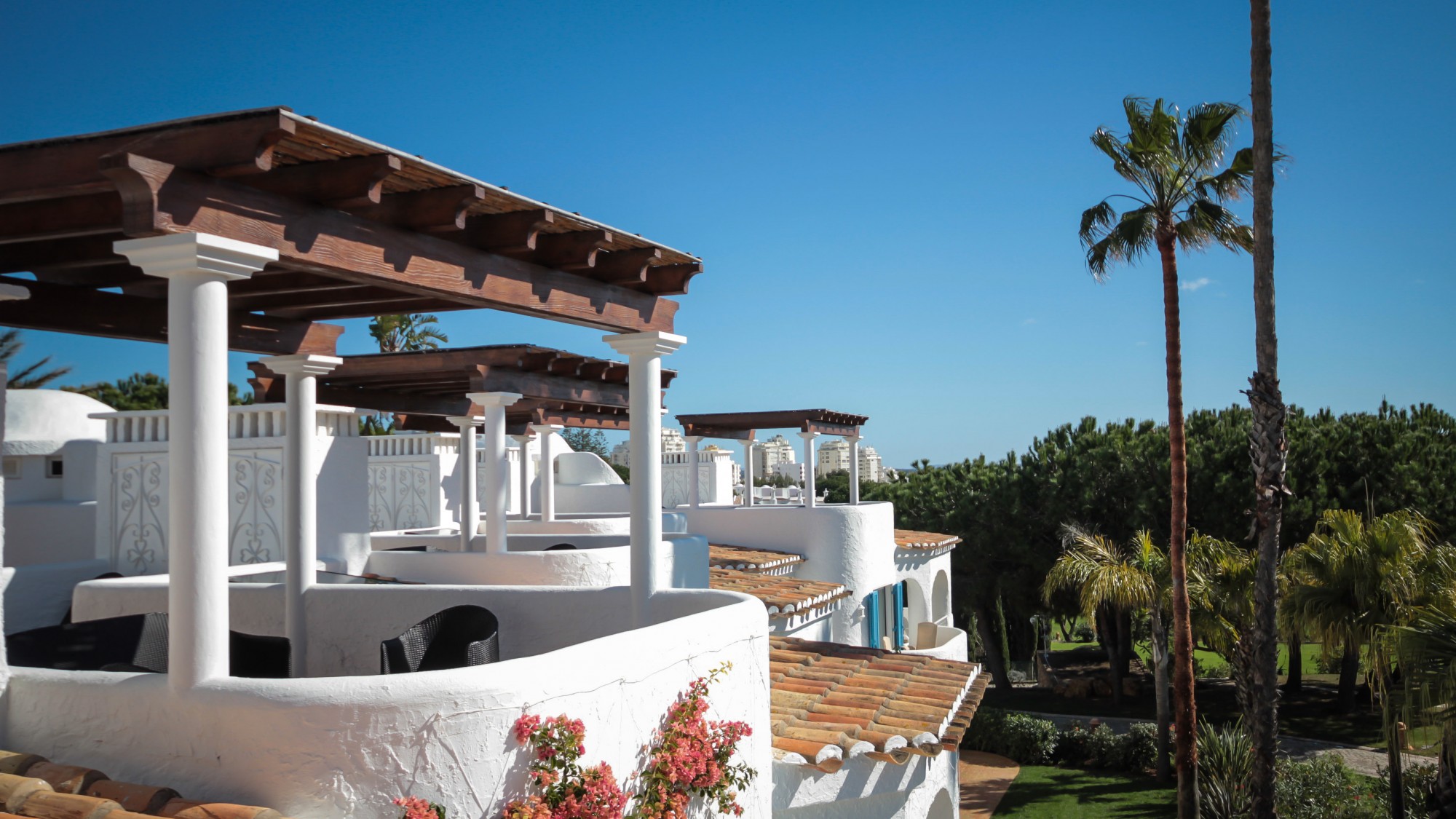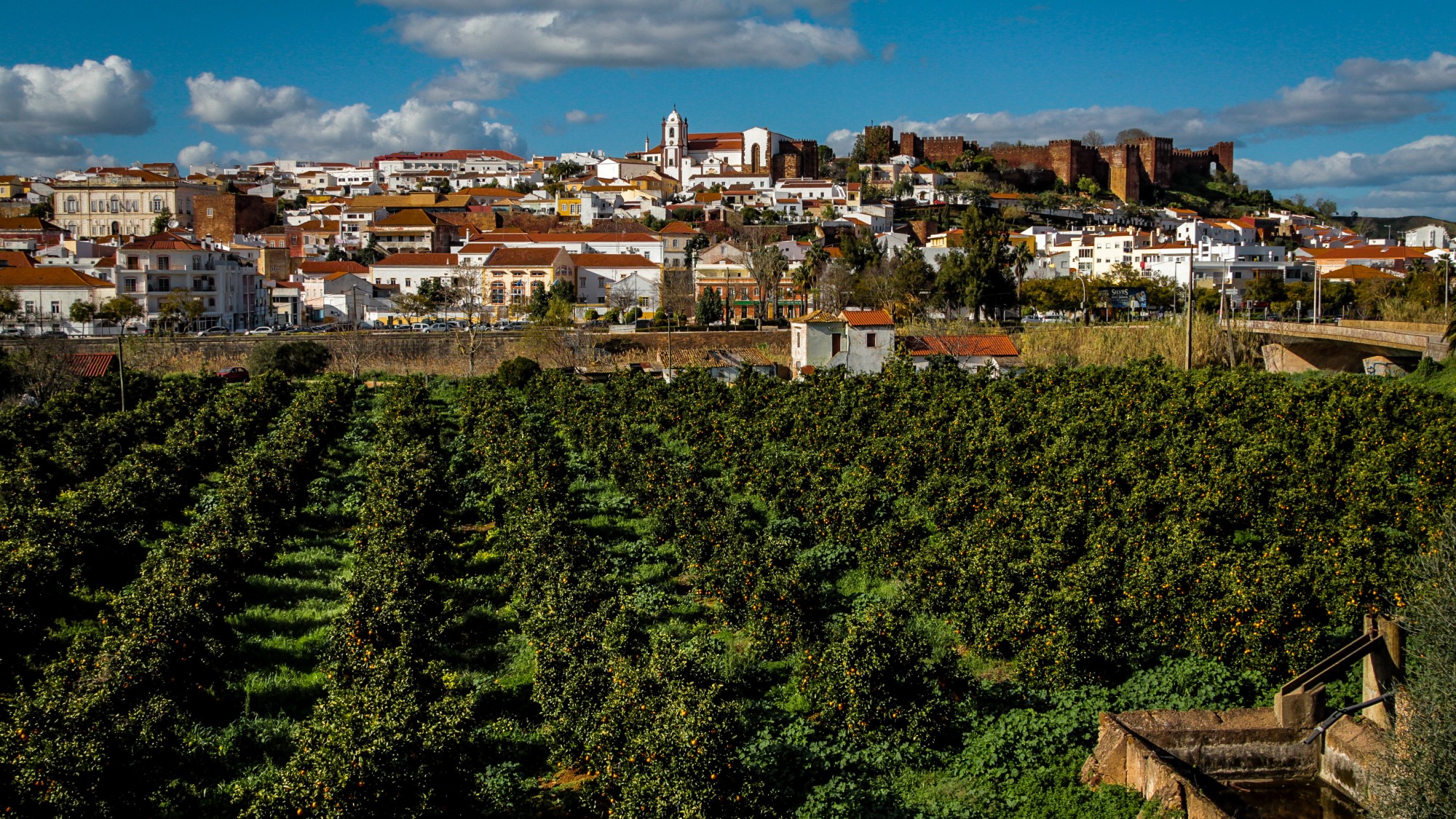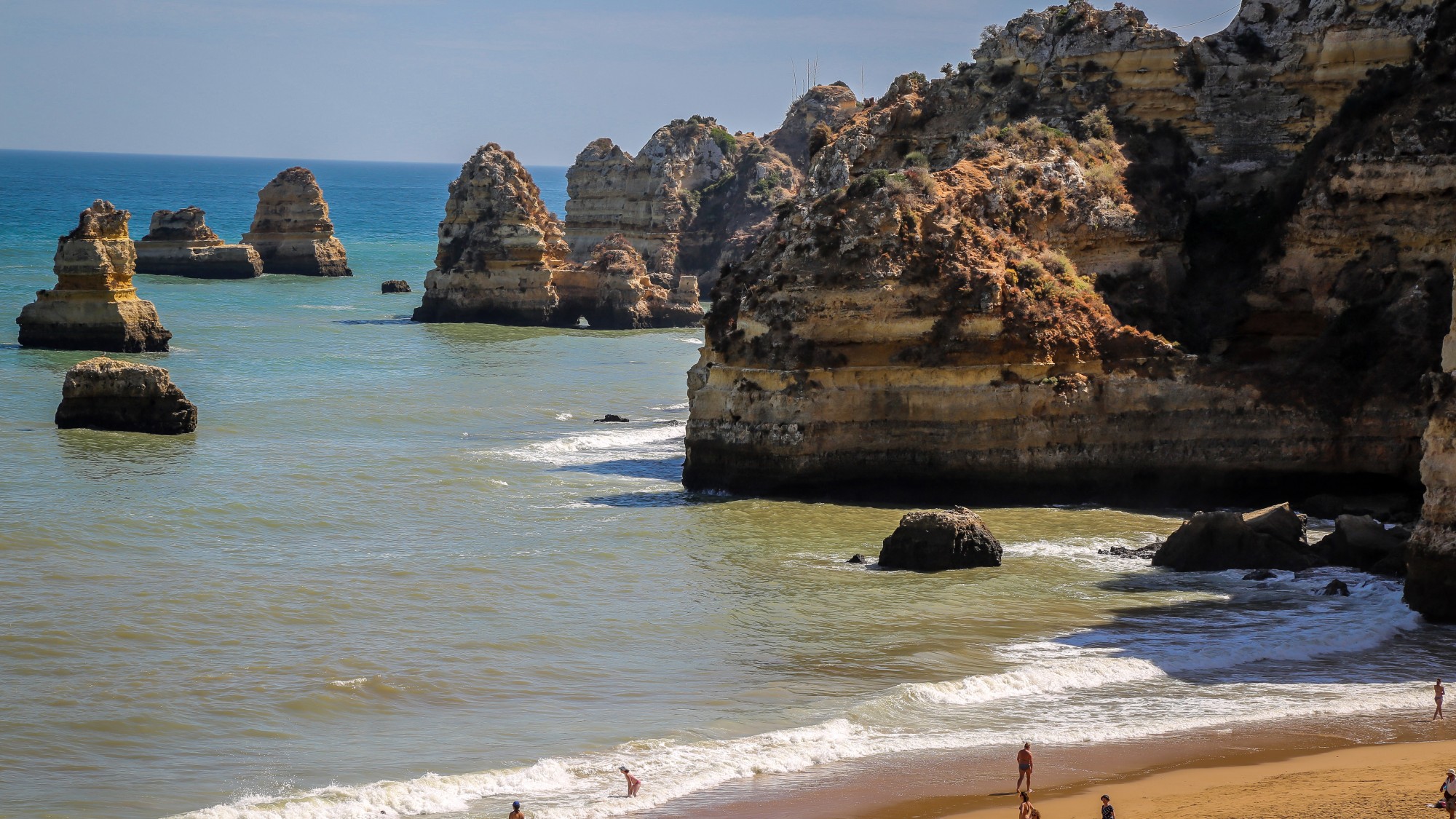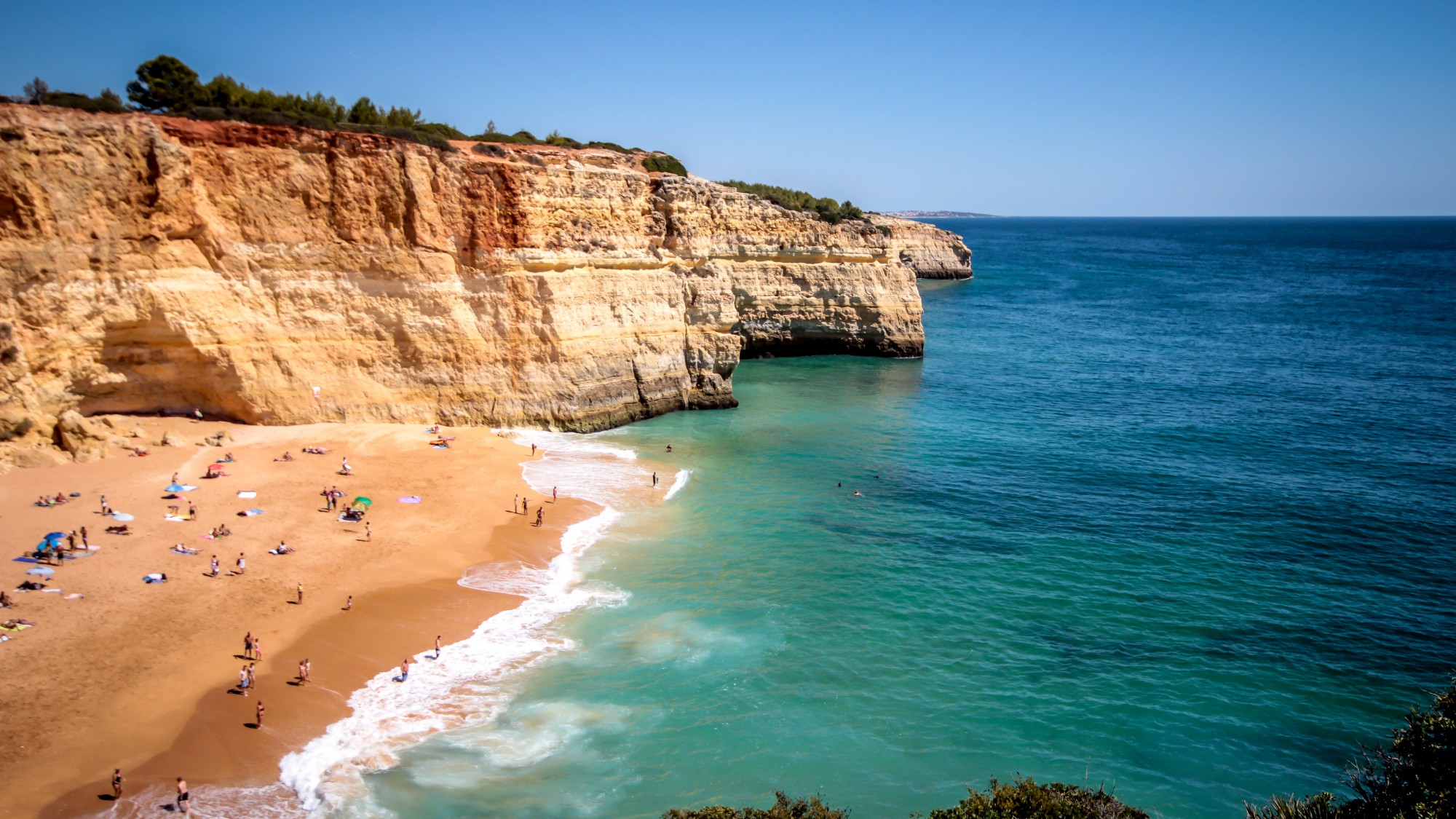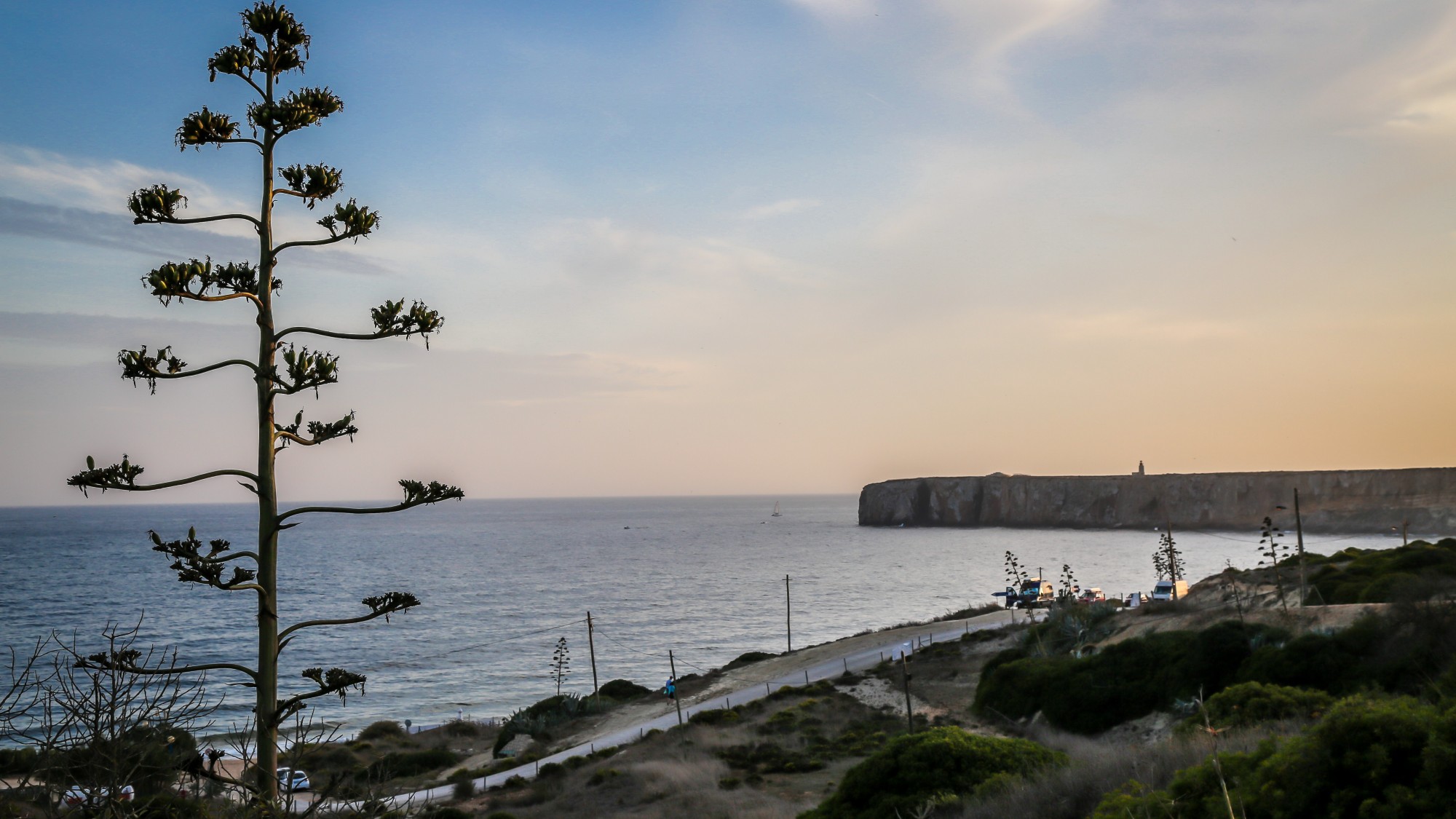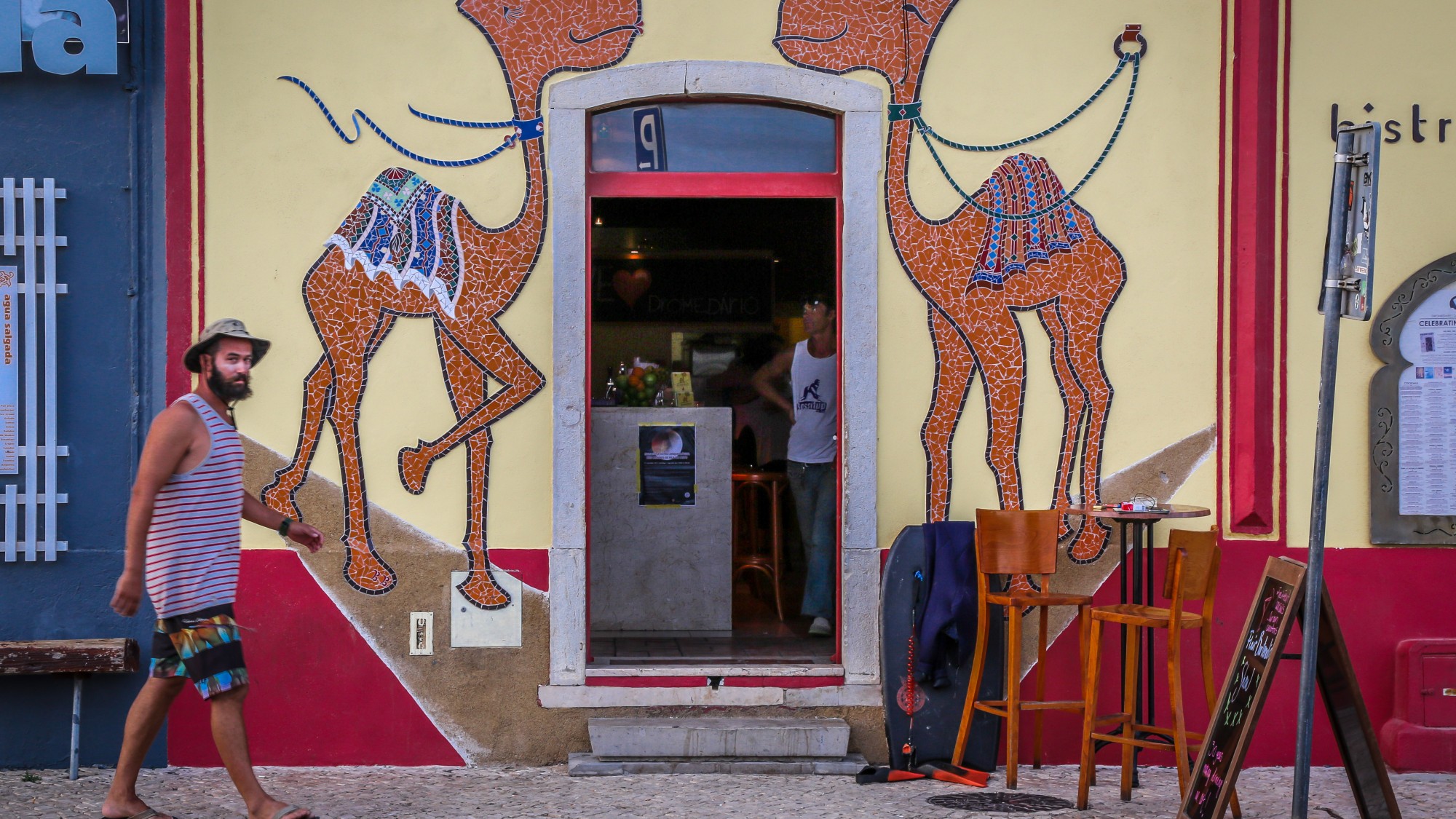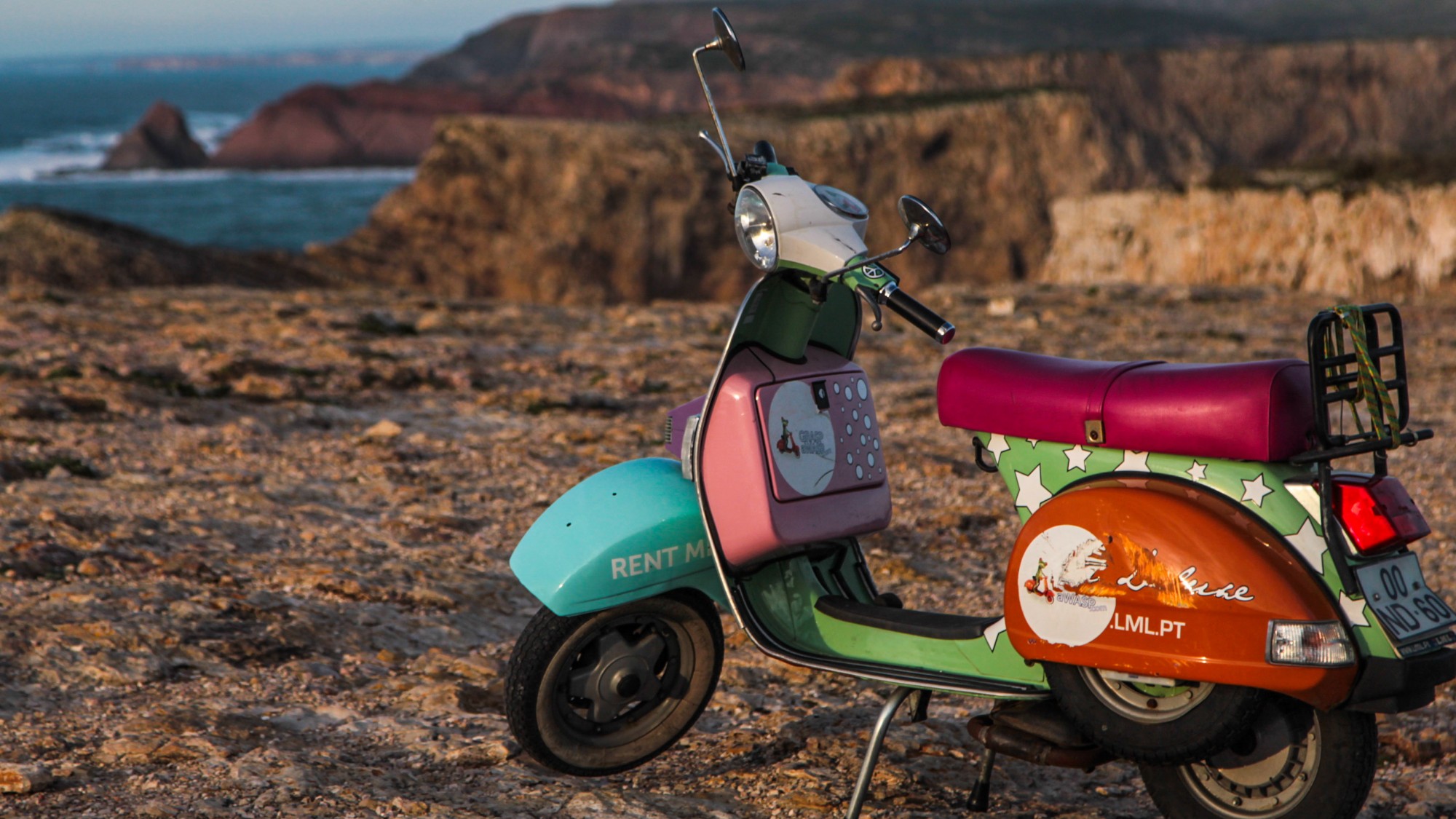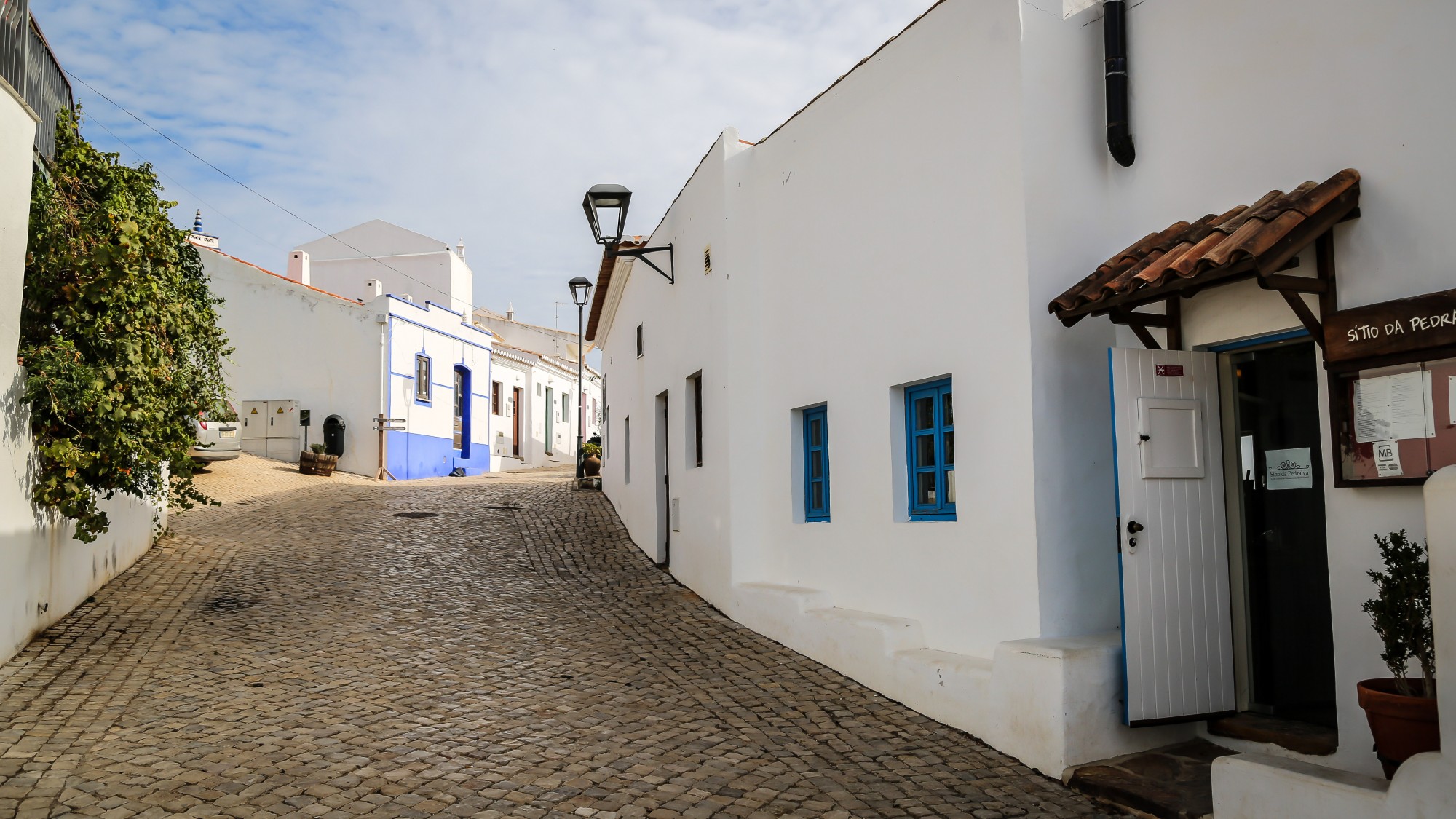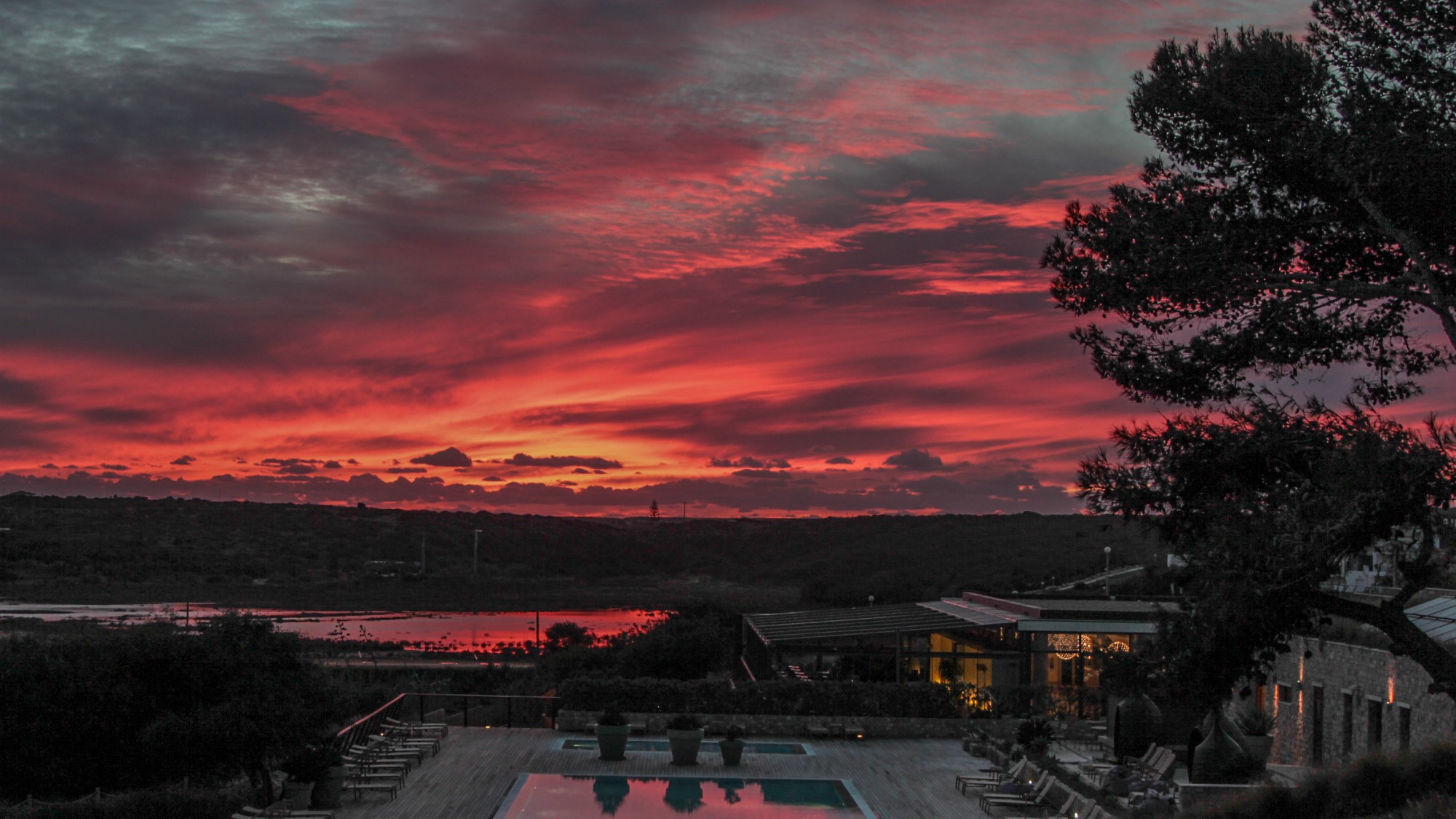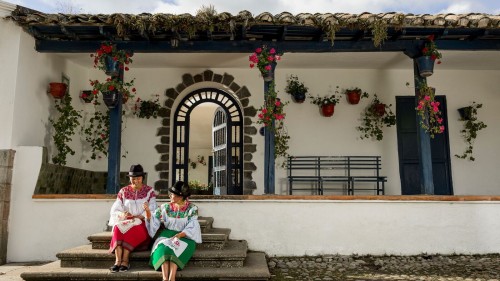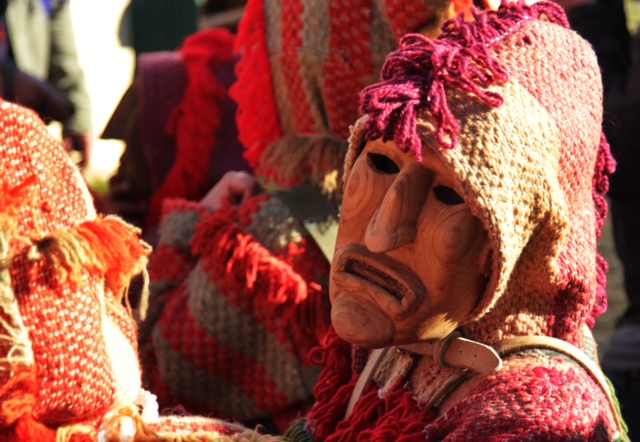Let Me Stand Next To Your Praia
Now dig this! Algarve. Al-gharb. The name was given by the Moors, and means simply “the west”. And like the other Jimmy says, the west is the best. So here’s some tips to find your own castles made of sand.
First, and let’s be honest here, the development of the Algarve coast was not Portugal’s finest hour. Construction went unchecked for decades and the central belt is a rather densely packed conglomeration of high-rise apartments, complete with package tourists and characterless hotels. Use the airport at Faro to get there if you must, but make quick tracks out of town – quieter unspoiled areas exist if you know where to look.
The sweet spots lie on the two extremes of the Algarve coast, around the area of Sagres in the west, once a sleepy fisherman’s village and backpacking mecca in the ‘90s, and Tavira in the east, a slightly less sleepy but no less charming village just across the border from Spain. End to end it takes a under two hours to drive, so you can easily base yourself anywhere and do day trips.
Great hotels right on the beach are tricky. There’s a few excellent choices at the top end, but most beach-front hotels are of that larger, package-tour 3- or 4-star variety that have all the personality and flair of a gift bought in the airport.
Just a few minutes inland, however, are a number of great B&B-style owner-run properties, which although they don’t sport the beach real-estate come for the most part with swimming pools, tasty traditional Portuguese food, and congenial staff.
The Algarve is mostly about the seaside: relaxing, hitting the beach, or learning how to surf (near Sagres). But like a delicious cataplana there’s the extra ingredients of historic towns, great hiking trails, and interesting culinary experiences to add to the mix, plus the fact that the mostly flat terrain makes it a fantastic cycling destination (and we can help with that – bike hire, guides, routes etc.).
When to go? July and August are predictably the busiest times of the year with peak prices to match. May, June, September and even well into October are fantastic months with fewer crowds but good temperatures for swimming. And if you’re looking for a little winter sun break, you could do a lot worse than come here when it’s freezing up north. It’s one of the sunniest corners of the Mediterranean with over 300 days of sunshine a year. Now excuse me, while I kiss the sky…
Sebastian Lapostol plays lead guitar on our Morocco, Spain and Portugal planning team. For Experience Sebastian, his greatest hits collection, click here.
